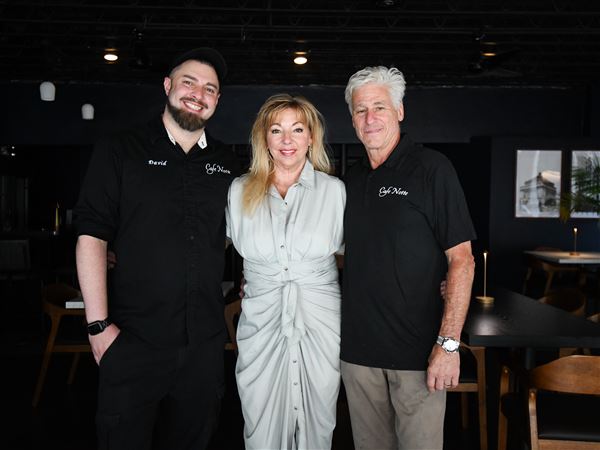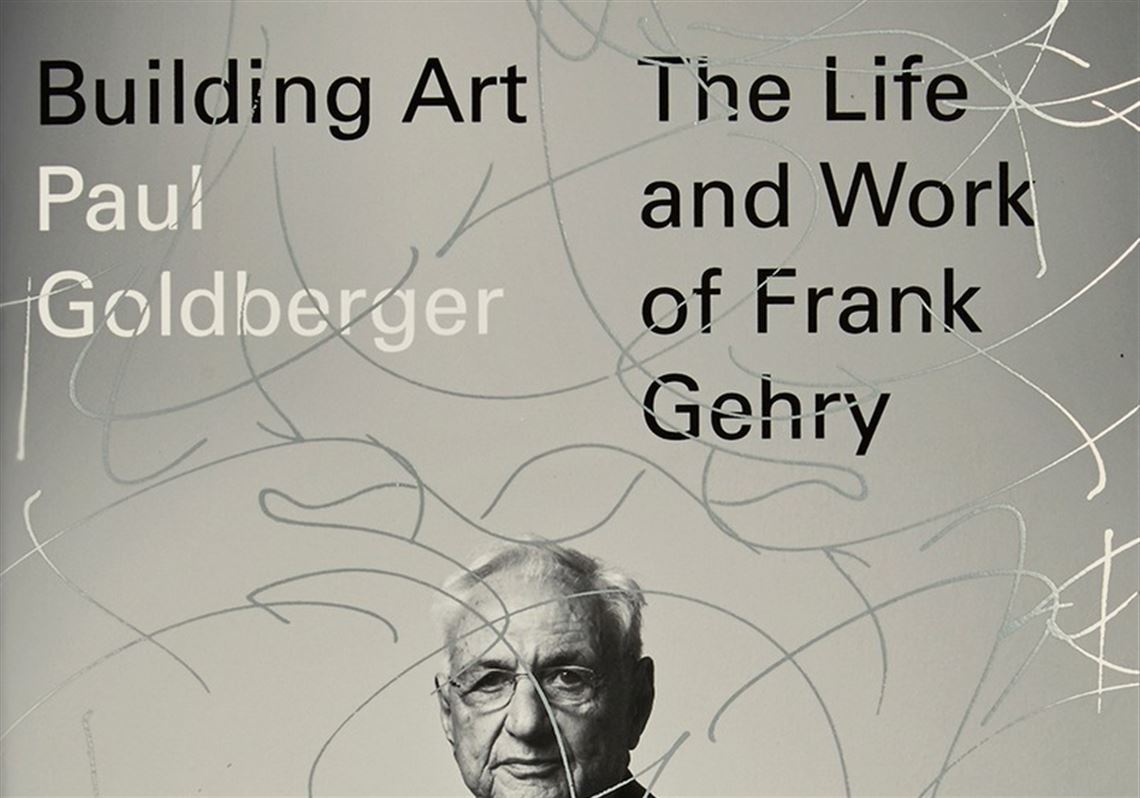With “Building Art: The Life and Work of Frank Gehry,” Paul Goldberger has drawn upon his long friendship with the architect, as well as his years of championing his subject’s startling work, to tell a warm and personable biography of the man behind Guggenheim Bilbao and the Disney Concert Hall.
From Canadian emigre to Los Angeles art-scene hanger-on, and from scruffy builder in cheap materials to the world’s pre-eminent titanium-clad “starchitect,” Mr. Gehry’s remarkable achievement will not be completely demystified in this eminently readable book. “Building Art” will impart a sense of the humble perseverance, patience and resilience necessary to compile the many setbacks, disappointments and minor victories into a singular creative career leading to a Bilbao or a Disney.
Mr. Gehry’s early Santa Monica house, a Dutch colonial deconstructed with chain-link fencing and corrugated metal, has long been a postmodern icon. “Destination architecture” and “Bilbao Effect,” terms coined for his mature work, testify that a single, spectacular building can revive a post-industrial region culturally and economically.
Knopf ($35)
The reader will likely already have an opinion as to the virtues Mr. Gehry’s architecture (our region is graced with the Peter B. Lewis building at Case Western University in Cleveland), and has numerous coffee-table books and scholarly monographs to turn to for further analysis. This frees Mr. Goldberger to concentrate on the more human aspects of his subject, although mundane moments in his subject’s story tend to be matched to pedestrian prose, with most elegiac passages reserved for soaring architectural descriptions.
Intrigue and suspense largely appear only in the buildup to key career successes or disappointments (and there are many). But those looking for celebrity gossip will find little to satisfy, even with a plethora of cameo appearances by the rich and famous with whom Mr. Gehry is known to hobnob avidly.
Many intimate details are shared without judging, but there is precious little of a private nature in Mr. Goldberger’s telling of Mr. Gehry’s story that could be construed as dramatic, let alone scandalous. Of interest is that, before completing his architectural studies at USC, “Frank” changed his last name from the unexciting (and too-Jewish sounding) “Goldberg,” to the inventively spelled “Gehry,” ostensibly to please his also-Jewish wife, in hopes of shielding his career and their future family from the profession’s and society’s pervasive anti-Semitism (although this slightly neologistic coinage had the added benefit of creating a distinct and memorable architectural brand).
Despite this reluctant concession to his new Los Angeles environs, Mr. Gehry’s first marriage ends unhappily, the architect too consumed with work to develop strong bonds with his kids, although, rest assured, he does a better job with a second wife and rebooted family. Otherwise, the architect is characterized as “down to earth,” easy-going, with an “Aw, shucks” demeanor masking a steely determination and loftier ambition, tropes that become a little overused.
Mr. Gehry’s career could take erratic turns, but nothing so egregious as to place him among his profession’s most flagrant prima donnas. Perhaps the most notable exception was an ambivalence about mass-producing some experimental furniture mock-ups, dubbed “Easy Edges,” in the early 1970s.
Fashionable department stores flooded factories with orders for Mr. Gehry’s rough-hewn, layered corrugated cardboard chairs and tables in response to a national media blitz, but the skittish architect balked at the last minute, fretful that commerce would taint his more serious design practice. In the short term, Mr. Gehry’s name took a hit anyway, but in the longer term he may have spared his reputation even greater damage, and America a furnishing fad from which we may never have recovered.
Donald E. Simpson is an arts educator and cartoonist currently at work on several graphic novel projects. He earned a Ph.D. in art and architectural history from the University of Pittsburgh in 2013.
First Published: September 20, 2015, 4:00 a.m.
















